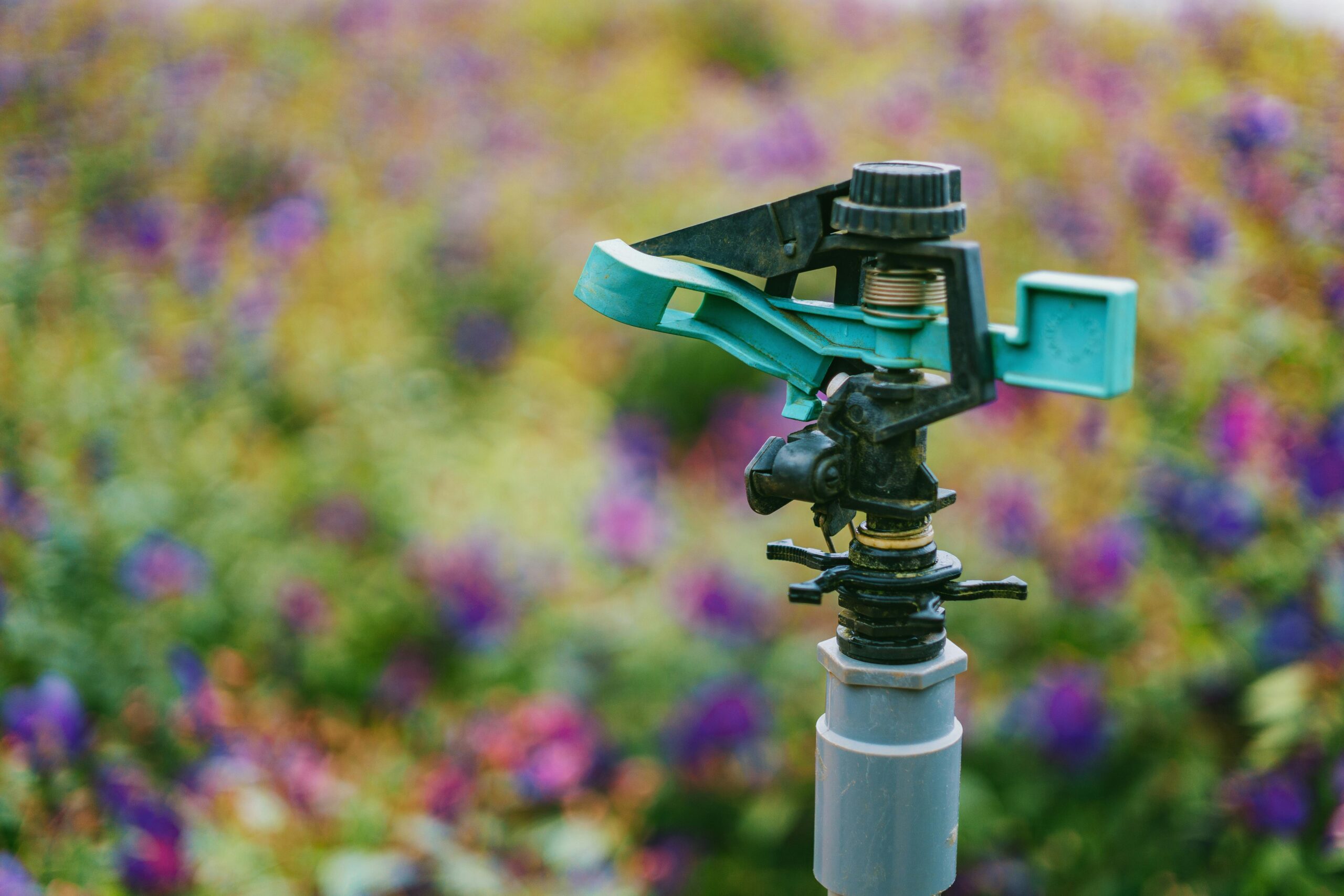Installing a sprinkler system represents a significant investment in your property’s health and appearance, but understanding the costs involved can be challenging. This article explores the various factors that influence sprinkler system installation cost estimates, including yard size, necessary zones, and system components. We’ll also discuss the long-term automatic sprinkler benefits that can make this investment worthwhile, from water conservation to enhanced curb appeal.
Understanding Sprinkler System Basics
Before diving into costs, it’s important to understand what a complete lawn irrigation system entails. A typical system includes a controller (the brain), valves, pipes, sprinkler heads, and potentially sensors. The controller regulates when and how long zones run, while valves control water flow to different areas. Underground PVC pipes distribute water throughout your property, and various types of sprinkler heads deliver water in patterns appropriate for different areas. Modern systems often include rain sensors or soil moisture sensors to prevent watering during or after rainfall, which represents one of the key automatic sprinkler benefits that homeowners appreciate.
Factors That Influence Installation Costs
The lawn irrigation system price varies significantly based on several key factors. Property size stands as perhaps the most influential determinant—larger yards require more materials and labor, directly impacting your sprinkler system installation cost estimate. A typical residential system for a quarter-acre lot might start around $2,500, while larger properties can easily exceed $5,000 or more.
Complexity of the landscape also plays a major role in determining costs. Properties with multiple landscaping types—such as separate flower beds, vegetable gardens, and lawn areas—require more zones to accommodate different watering needs. Each zone adds valves, additional piping, and more control wiring to your system, increasing both material and labor costs.
Water source and pressure considerations can’t be overlooked when calculating a sprinkler system installation cost estimate. Properties with low water pressure might require booster pumps, while those on well water may need additional filtration components. These factors can add hundreds or even thousands to your initial lawn irrigation system price.
Typical Cost Breakdown
For an average residential property, the total lawn irrigation system price typically breaks down into several categories. Materials generally account for about 50% of costs, including PVC piping ($0.50-$1.00 per foot), sprinkler heads ($2-$15 each), valves ($12-$40 each), and controllers ($50-$300). Labor makes up approximately 30-40% of the total cost, with rates varying by region and contractor experience.
Design work, permits, and additional components represent the remaining costs. Professional design services ensure your system operates efficiently and provides adequate coverage, which is a crucial factor in realizing the automatic sprinkler benefits you’re investing in. Local jurisdictions may require permits, especially if backflow prevention devices are mandated to protect municipal water supplies.
DIY vs. Professional Installation
While DIY installation can reduce your sprinkler system installation cost estimate by eliminating labor charges, it comes with significant challenges. Professional installers bring specialized knowledge about optimal head placement, zone division, and water pressure management that DIY enthusiasts typically lack. As experts at AskHomey often point out, professional installation generally results in more efficient systems that provide better coverage while minimizing water waste.
Professional installers also navigate local codes and permit requirements, ensuring your system meets all regulations. They typically offer warranties on both parts and labor, providing peace of mind that DIY installations can’t match. For most homeowners, the initial savings of DIY installation are often outweighed by the long-term automatic sprinkler benefits that come with professional work.
Long-Term Benefits and ROI
While the upfront lawn irrigation system price may seem steep, automatic sprinklers deliver substantial returns over time. Water conservation stands as a primary benefit, as properly designed systems apply precisely the right amount of water exactly where it’s needed. Modern smart controllers can reduce water usage by 30-50% compared to manual watering, potentially saving hundreds on annual water bills.
Time savings represent another significant advantage. A typical homeowner might spend 70-80 hours annually on manual watering—time that’s completely reclaimed with an automatic system. This convenience factor alone justifies the sprinkler system installation cost estimate for many busy professionals and families.
Property value enhancement provides additional return on investment. Real estate professionals consistently rate well-maintained landscaping among the top factors influencing curb appeal, with automatic irrigation systems often returning 50-80% of their cost upon home sale. The lush, healthy appearance that results from consistent watering makes properties more attractive to potential buyers.
Maintenance Considerations
Any sprinkler system installation cost estimate should factor in ongoing maintenance requirements. Annual system activation and winterization services typically cost $75-$150 each in colder climates. Periodic checks of sprinkler heads, adjustments to coverage patterns, and controller programming updates help maintain system efficiency and extend equipment lifespan.
For more tips and to connect with reliable home service professionals, follow AskHomey on Facebook and Instagram.



